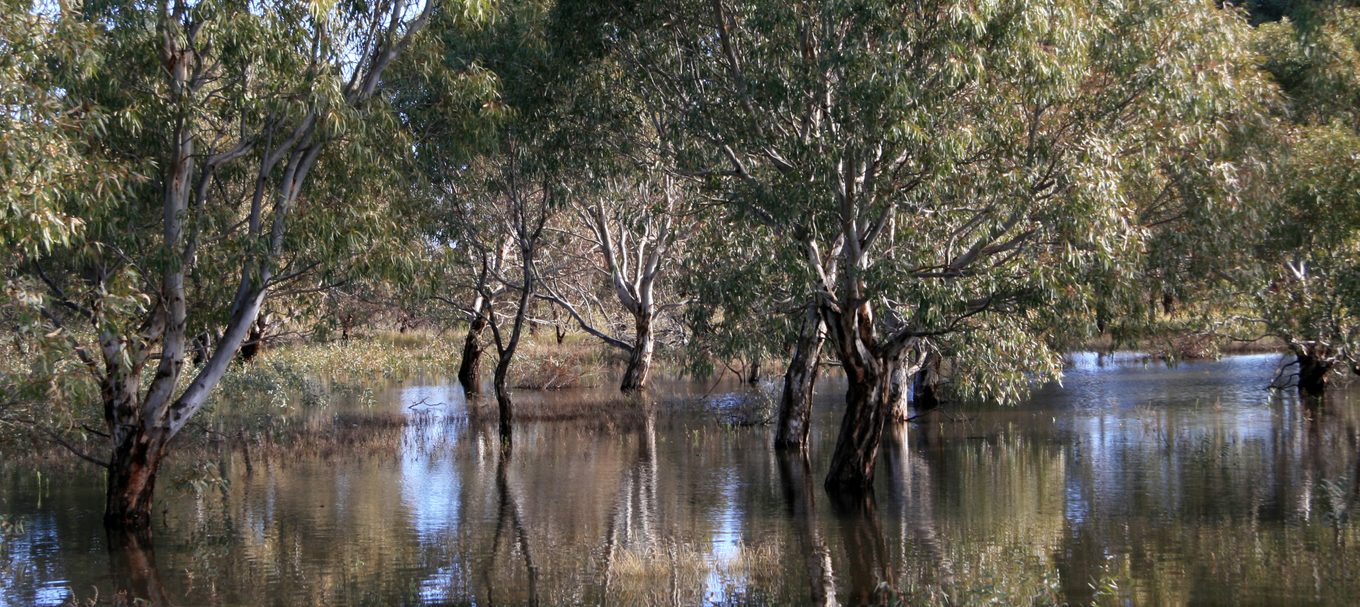
5 things to do at Aldinga Conservation Park in Adelaide’s south
This southern suburbs park is now even bigger and better. Find out what you can see and do when you get there.
There’s always something new and exciting happening in South Australia’s national parks, and it’s no exception down at Aldinga, 46 km south of Adelaide.
This area has always been home to a conservation park – Aldinga Scrub Conservation Park – but just this year, the park has been expanded to take in the neighbouring Aldinga Washpool, which has enormous cultural and ecological significance.
By consolidating the washpool area with the former conservation park to create the 340-hectare Aldinga Conservation Park, it means the entire area is even better protected as part of the state’s national park network.
Aldinga Conservation Park is just waiting for you to visit – here are 5 things you can see and do when you get there:
1. Follow the self-guided trail
If you’re up for a lazy stroll in the sunshine, the 1.1 km Coral lichen circuit is for you.
This self-guided trail is perfect for exploring the local vegetation communities. Along the way, be sure to look out for the rare colony of lacy coral lichen (Cladia ferdinandii).
Keep your eyes out for a series of green markers that will keep you heading in the right direction.
Top tip: Before you go, download this brochure created by the Friends of Aldinga Scrub volunteers and take it with you as you walk – it gives you details about all the species you’re seeing along the way.
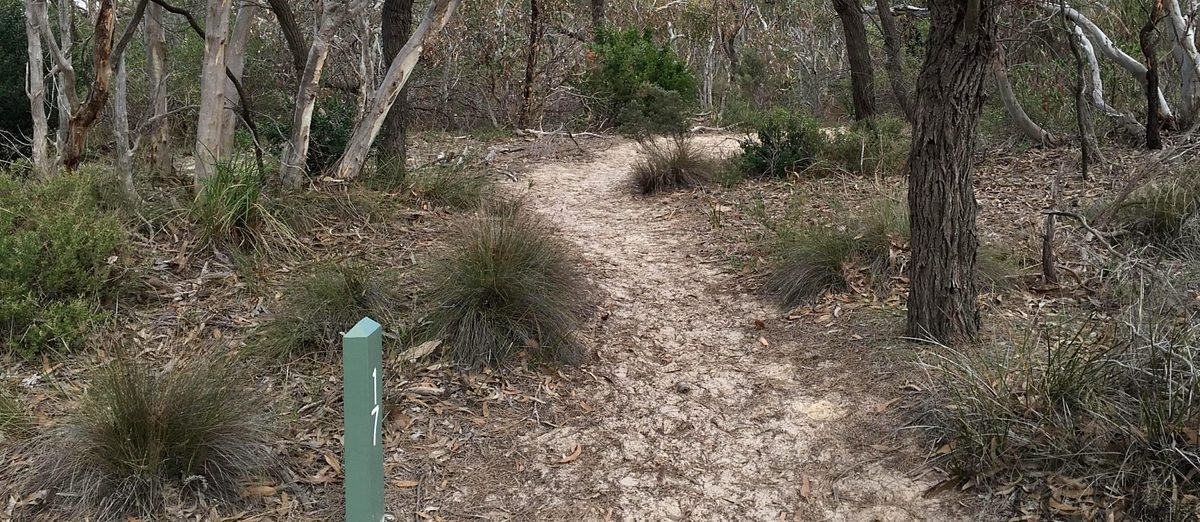
2. Explore and understand the landscape
Located in the Willunga sub-basin, this park features an impressive backdrop of sand dunes, sand blows and remnant coastal vegetation.
The washpool section is particularly special, as it’s one of Adelaide’s last remaining coastal freshwater and estuarine lagoon systems.
Prior to European colonisation, the Aldinga Washpool was an important place for Kaurna people to cure and dry possum skins, and it remains a significant site as part of the Tjilbruke Dreaming Trail.
Take your time to explore the land and understand how special it is, both culturally and ecologically.
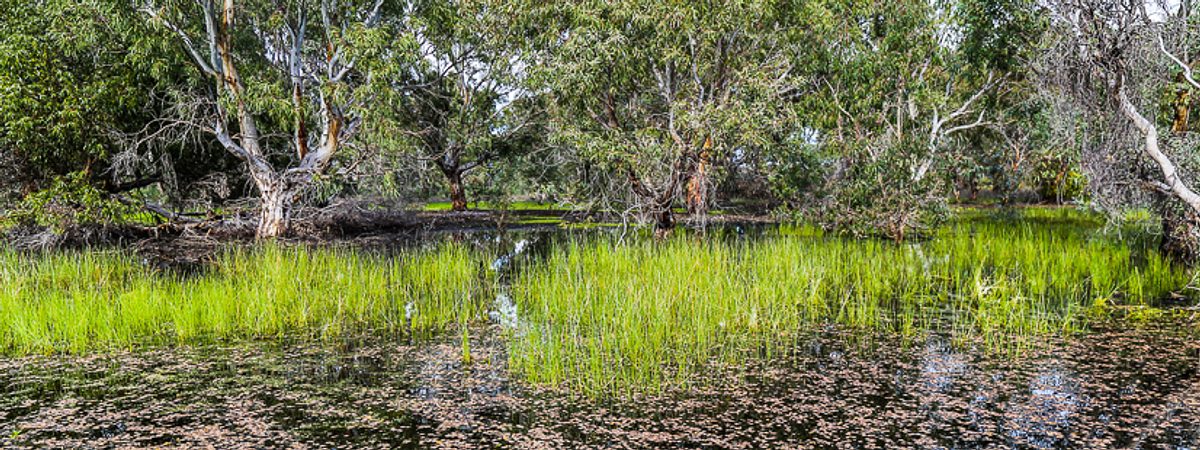
3. Photograph the plant life
It’s pretty special to visit a park where there’s such a wide range of plant communities.
Here you’ll find everything from sedgelands and closed heaths to pink gum woodlands and mallee box. Then there’s the swamp plants that are of conservation significance, and an array of cute rare orchids that are perfect to zoom in on with your camera.
Look out for the threatened coastal saltmarsh, which is nationally listed as a vulnerable threatened ecological community, and the rare lacy coral lichen, nardoo and hairy sedge.
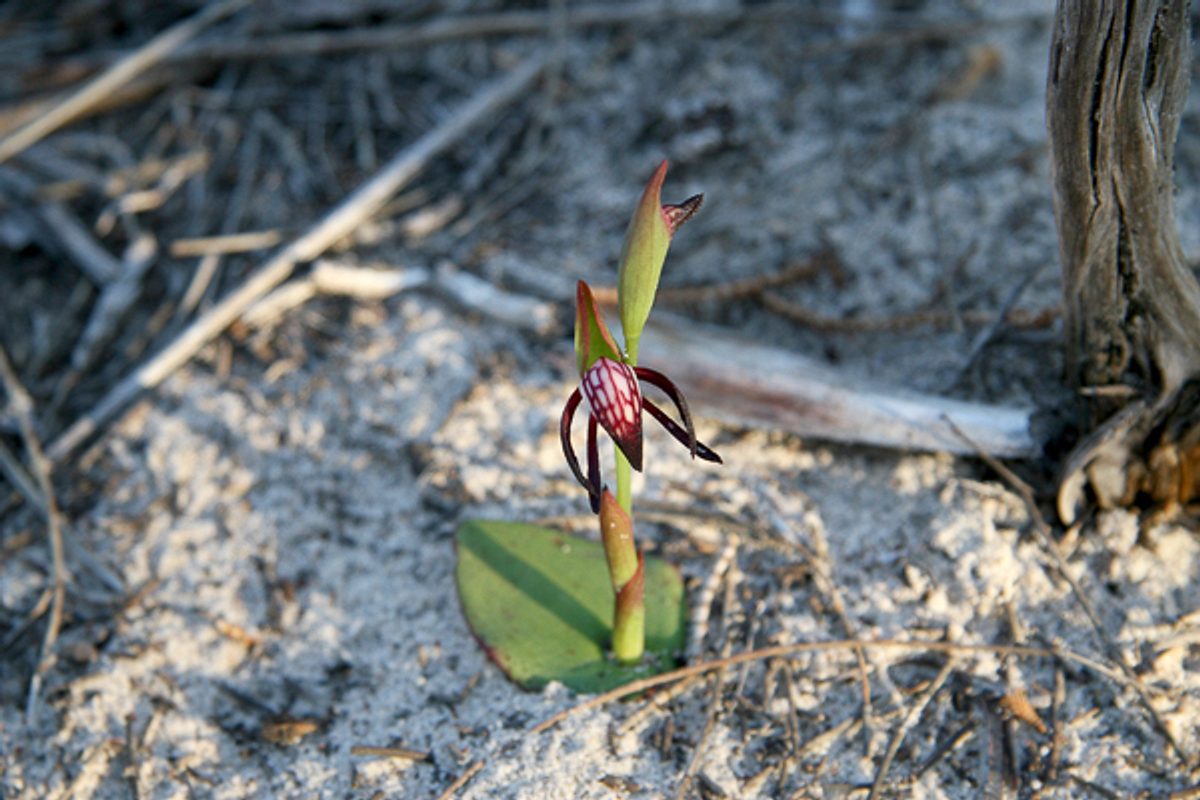
4. Go bird watching
This park really is a bird-lover’s paradise. More than 166 different bird species can be seen and heard within Aldinga Conservation Park, including at least 79 native species.
Among these species is three bird species of national conservation significance – the Australasian bittern (Botaurus poiciloptilus), the Australian painted snipe (Rostratula australis) and the hooded plover (Thinornis rubricollis).
If you watch quietly you may also spot mistletoe birds, rainbow bee-eaters, brown goshawks and golden whistlers.
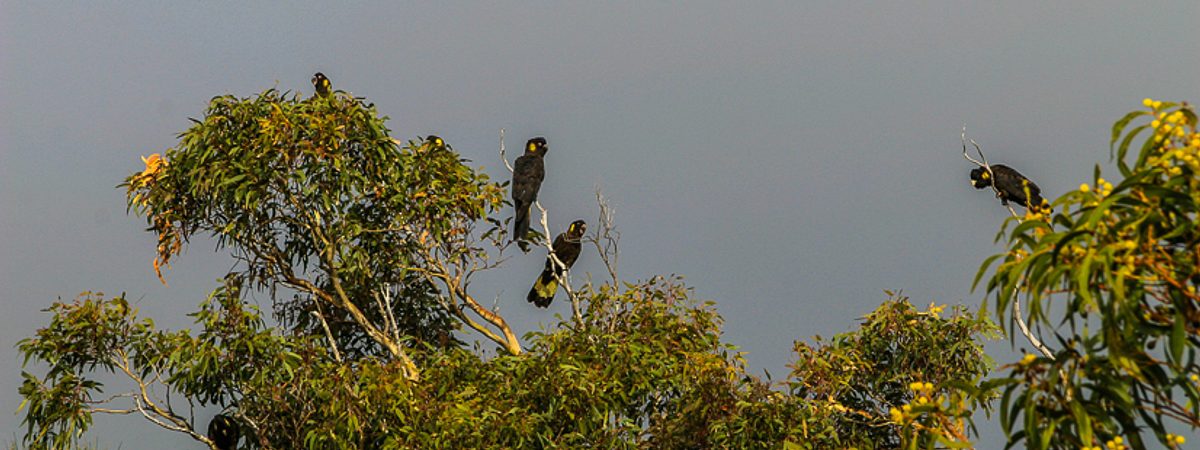
5. Spot some wildlife
Look closely and you might see a brushtail possum, short-beaked echidna, bat, gecko or skink, or the area’s kangaroos chilling in the scrub – they all call Aldinga Conservation Park home.
The park’s vegetation also provides a lovely environment for 18 species of butterflies and 540 species of other insects.
See how many you can spot!
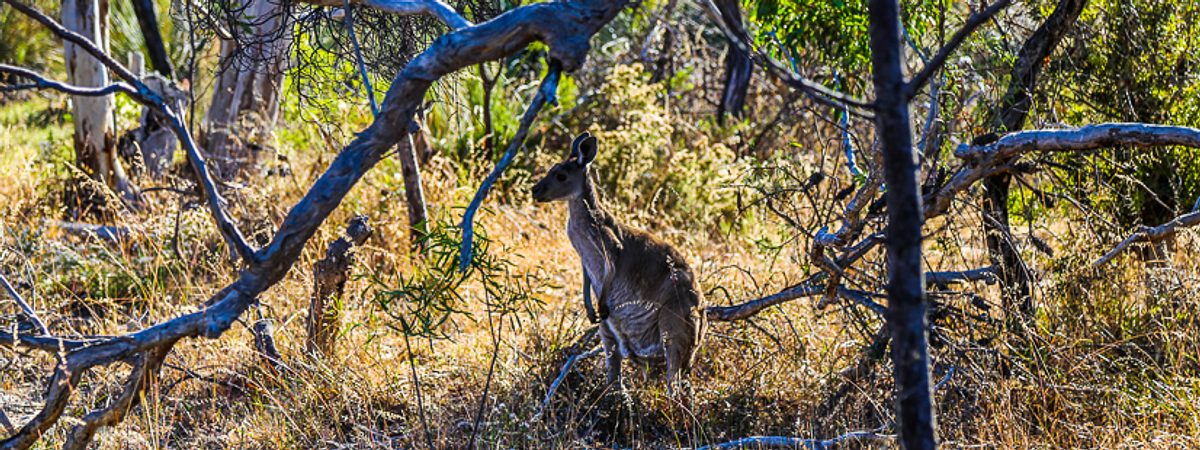
Creating Aldinga Conservation Park
Now that Aldinga Conservation Park has been proclaimed, a park management plan is being created that will set the direction for its future use.
This includes things like visitor amenities and trails. If you’d like to know more about the work happening here, check out the project website where you can sign up to receive updates.
Love exploring nature in new and different ways? Check out our See and Do library for plenty of ideas.
(Main image courtesy of Dennis May)





